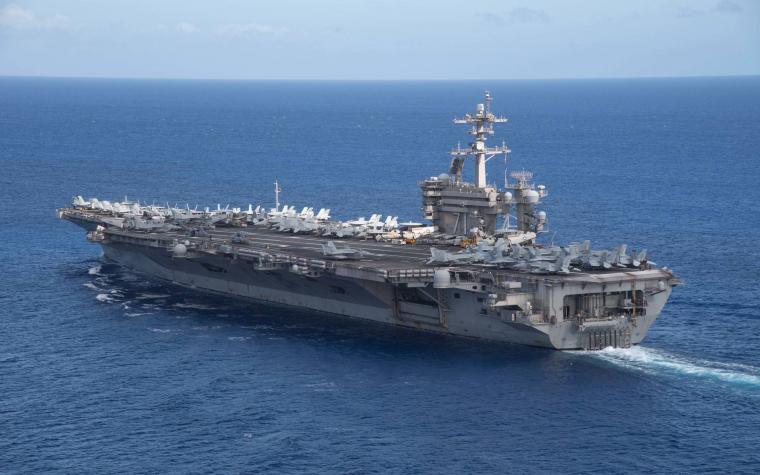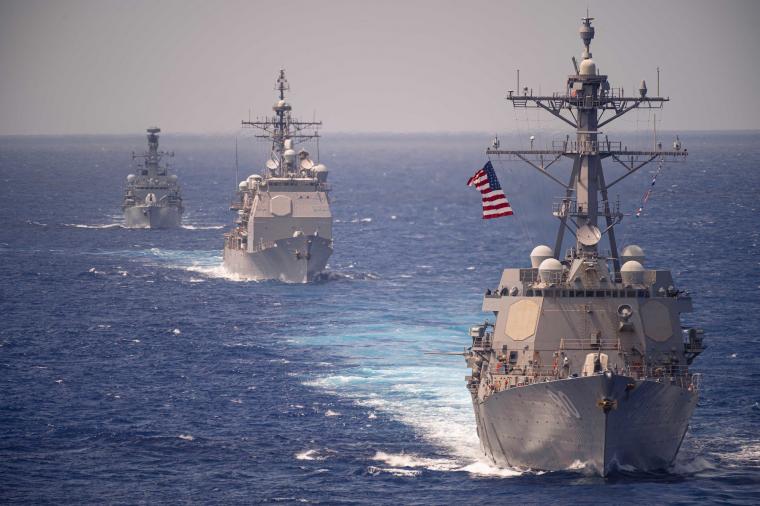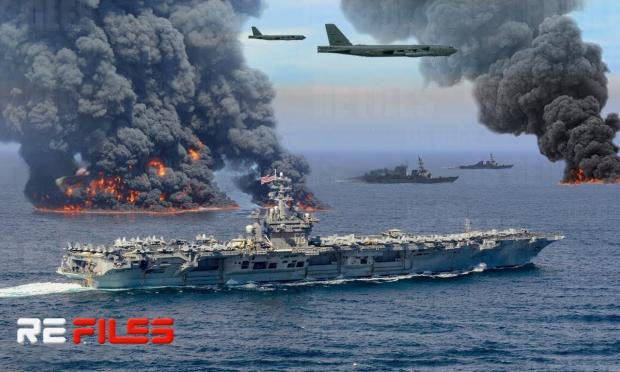China is engaged in a "buildup in every area of war," from space and cyberspace to its navy. We will see more of the Chinese navy in the future as it becomes more active around the world. Beijing is expanding its logistics networks through port access agreements, formal basing arrangements and port acquisitions in countries that have defaulted on infrastructure loans with China.
If there's one sign that the US is preparing to clash with China in the Western Pacific, it's that logistics and sustaining "protracted wars" with an adversary have once again captured the imagination of military analysts.
Long recognizing the inability of the US to resupply its ships while China can comfortably continue to fight on the home front, US military analysts have pointed to this weakness, while academics do not predict a favorable outcome for the US.

Logistics – A bane for the US military in the Western Pacific
The Western Pacific is characterized by the "tyranny of distance", where vast distances separate the operational area of the East and South China Seas and the First and Second Island Chains. This makes it easier for the Chinese to hit boats that carry fuel, food and ammunition to US Navy warships.
This, according to a reputable media outlet, is the biggest vulnerability hiding any US military plan to deal with China in the Western Pacific.
The ongoing war in Ukraine has revealed how the enemy can target major supply lines. Russia partially withdrew from Kherson west of the Dnieper River in November because Ukraine had begun hitting the sparsely lined Russian supply lines feeding its long-range guns and artillery systems. China will try to do just that.
US Forward Bases & Supply Ships
The media explains how logistics play out on the high seas. Pointing out how fuel is the largest component for navies, he says most navies do not allow their availability to drop below 25% of total tonnage, even in peacetime.
“For example, a destroyer at sea would need to refuel every three days. Fleet supply tankers, refuel ships in mid-sea and carry critical spare parts and machinery, while some also store limited stocks of ammunition,” it says.
Thus, the USN's Henry J. Kaiser-class fleet replenishment tankers would be the first targets for the plan when refueling the Arleigh Burke-class destroyers on the high seas. Also, the US armada's stockpile of missiles and fuel can easily be hit.
Forward bases and full bases (logistics hubs) facilitate the US Navy. For example, the US Navy has such bases in Singapore, Yokosuka (Japan), Guam, Forward Operating Base (FOB) Diego Garcia and a logistics hub in Singapore, their main support. However, fleet support ships operate in the operational area and their role remains critical.

NAVY and US Marines Dispute
The US Marine Corps, emerging as a front-line force to counter China's anti-access/area denial (A2/AD) strategic island intervention in the Western Pacific, depends on the USN's amphibious transport vessels.
However, disputes have arisen between the two services over procurement, with the USN wanting to end the purchase of the San Antonio-class Landing Platform Docks (LPDs). The USN hopes for an amphibious force of 24 to 28 ships, but the Marines want a 31-ship fleet.
Given China's tendency to make strategic statements and psychologically pressure an adversary's leadership, it would strike first at logistics bases and supply ships.
This presents a bleak scenario for US military commanders, who would lose any option for continued operations and see any further fighting as futile. Such insurmountable constraints on decision-making authorities work in favor of China, which has more diplomatic leverage to end the war in its favor.



